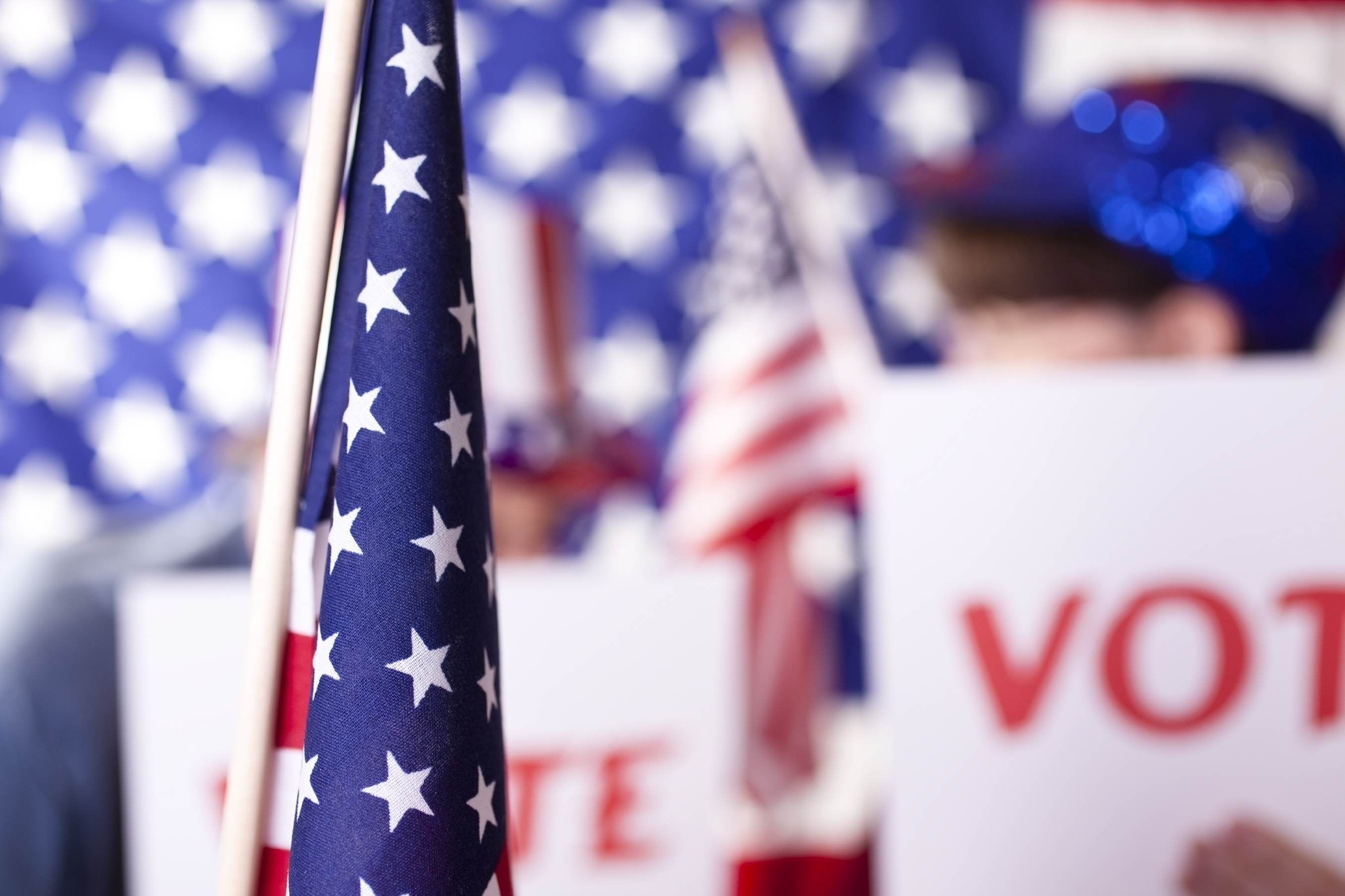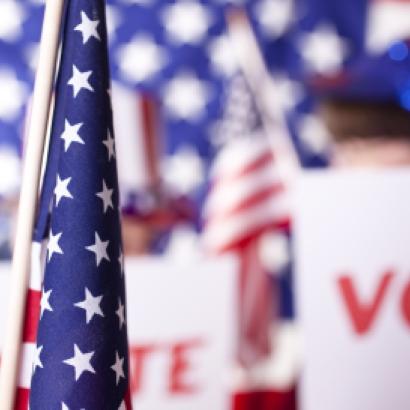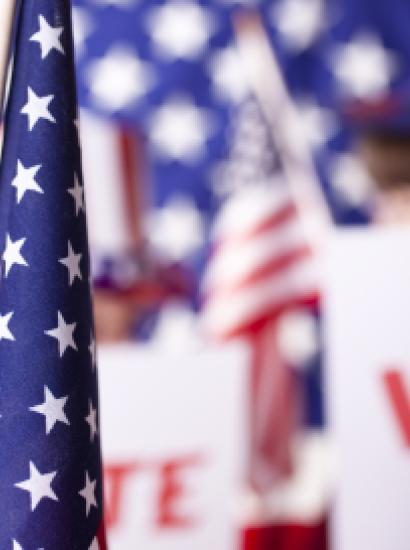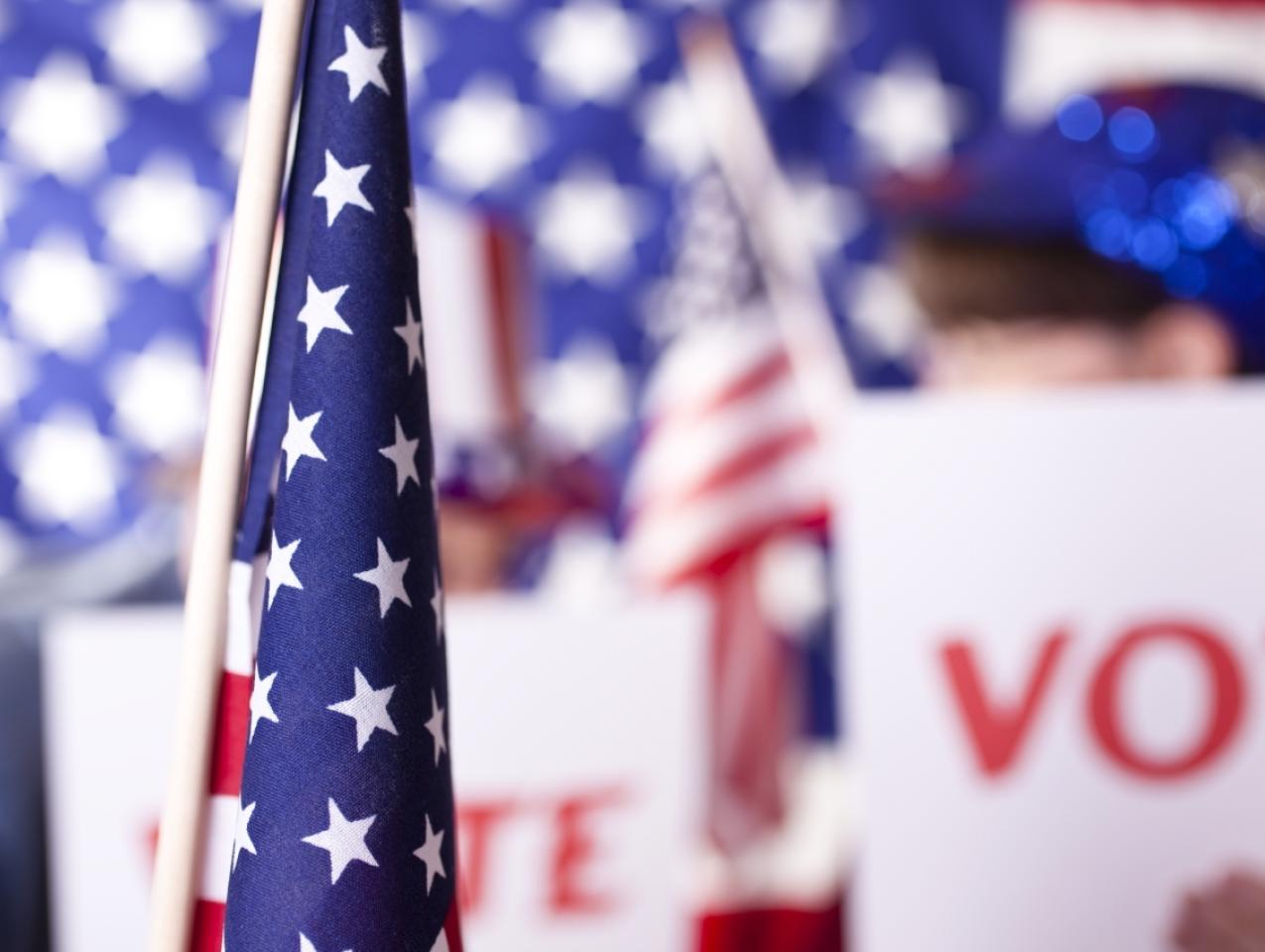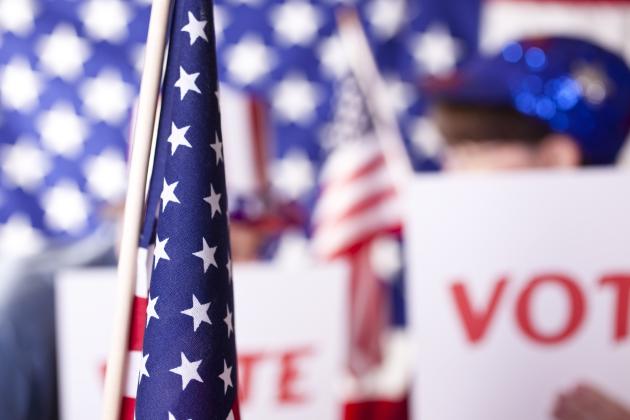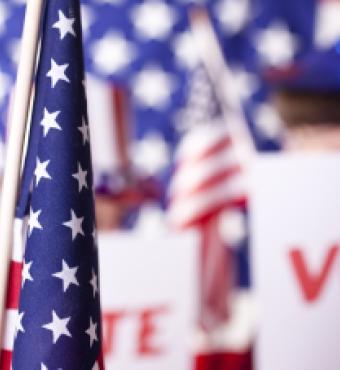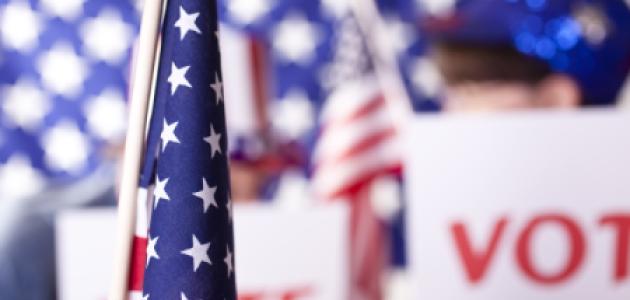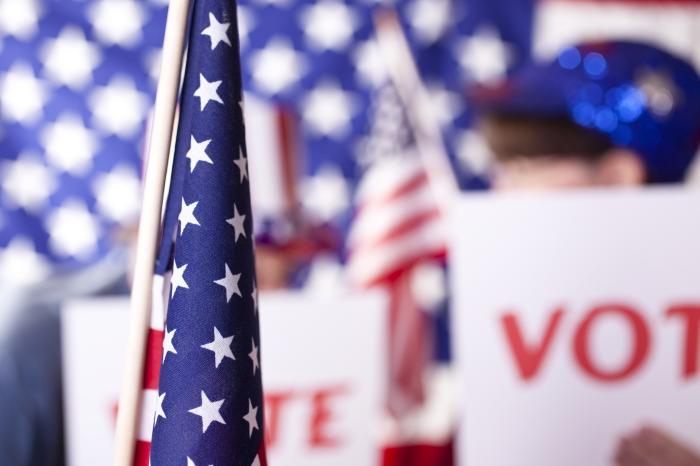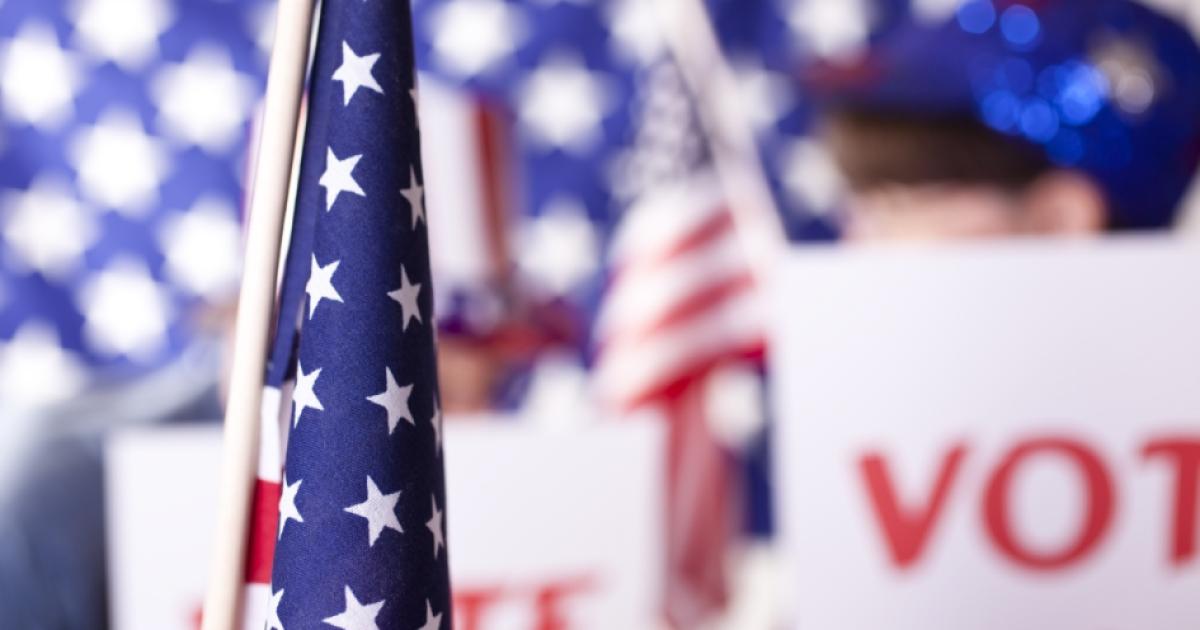- Politics, Institutions, and Public Opinion
Elections in democratic societies are always partisan affairs reflecting the competing interests and passions in a free society. In this year’s presidential election, the stark contrasts of personality, experience, and character between Donald Trump and Hillary Clinton have intensified such partisanship beyond what we usually expect. The political polarization about which we have been complaining since the Sixties seems to have hardened into dangerous intransigence on both sides. To many, we are on the verge of a complete breakdown in the political order.
Much of this angst, of course, reflects the “availability bias.” Just as people think that more tornados are making land than in the past, when in fact there are just more media reports of tornados, the 24/7 coverage of politics available on cable and satellite television, talk radio, and the internet exaggerate the country’s divisions. The minute-by-minute coverage and analysis of the candidates’ every statement and speech, the thousands of new commentaries and opinions published every day, and the daily polls measuring and dramatizing the slightest shifts in public opinion make it seem as if we are on the brink of civil war.
The media’s narrative of polarization, though, overshadows a very important and basic fact about this election cycle: there is actually a broad consensus among voters and politicians about both domestic and foreign policy. But few commentators or politicians are talking about that, which is unfortunate because it means that the greatest challenges facing this country are going unaddressed.
On domestic policy, most voters and politicians have adopted the assumptions about governing handed down to us by the progressives of the late nineteenth century. Technological progress and new knowledge about human behavior has called into question many of the foundational beliefs of the American political order. Where once practical experience, virtue, and wisdom comprised the sine qua non for political service, today, we believe that technical knowledge is the most important qualification for governing. As Franklin Roosevelt said, “The age of enlightened administration” has come. Federal offices and bureaus staffed by technocrats are supposed to “solve problems” for citizens by designing, implementing, and enforcing policies. People now look to government rather than families, churches, fraternal organization, states, municipalities, and other institutions to manage the vicissitudes of life.
The progressive model of technocratic government has been widely successful. Today, many anti-big-government conservatives do not question an activist federal government. They may wish to reduce its scope somewhat or reform its policies, but its existence is taken for granted. Indeed, the growth of the federal government since Lyndon Johnson’s Great Society expansion has been a bipartisan affair. In 1971, Republican Richard Nixon required federal contractors to create “an acceptable affirmative action program” complete with “goals and timetables.” Nixon also created the Environmental Protection Agency, one of the largest federal agencies in existence. Ronald Reagan signed the Disability Benefits Reform Act of 1984, which expanded the requirements for receiving disability payments to include mental disorders and unspecified back pain. Today over 11 million people receive disability payments, up from three million in 1980, and the program ran out of money this year. And George W. Bush created the Medicare prescription drug benefit in 2003 with no dedicated funding to pay the tab, which is $88 billion this year according to the Congressional Budget Office.
The biggest and most expensive government agencies are Social Security, Medicare, Medicaid, the Children’s Health Insurance Program, and the Affordable Care Act subsidies, which all together cost half of the $3.7 trillion federal budget in 2015. Social Security alone faces unfunded liabilities of $10.7 trillion. This level of spending and promised benefits is unsustainable. Social Security and Medicare are facing a demographic crisis as Baby Boomers retire, currently at the rate of 10,000 a day, and consume more and more of these services, with fewer and fewer workers-per-recipient to contribute payroll taxes. Combined with the expense of servicing the federal debt, currently nearly $20 trillion, the costs for these programs will bankrupt the economy unless these agencies are reformed.
Yet very few politicians survive when they suggest even modest reforms of these agencies, for they are the proverbial “third rail” in American politics. Raising the retirement age from 62 to 72, for example, would be in line with the original legislation in 1935, when the retirement age was set at 65 and the average life expectancy at that age was 12.5 years. Today, average life expectancy at 62 is 19 years for men and 21.6 for women. This means a lot more years in which benefits will have to be paid to greater numbers of recipients living to age 65. But we have heard neither candidate suggest even changing the retirement age for future beneficiaries in order to compensate for many more people reaching retirement age and living longer.
Politicians tread warily around entitlement reform because there is a broad consensus among voters that these benefits are “rights” for which, they think erroneously, they have paid. Thus the 2011 Budget Control Act reduced deficits by taking half of over $1 trillion in projected cuts from the defense budget, while Social Security and Medicare were spared. So it’s no surprise that Donald Trump vows, “We’re gonna save your Social Security without making any cuts. Mark my words,” and Hillary Clinton promises that she will “enhance and protect Social Security for future generations by asking the wealthiest to contribute more, and expand benefits for widows” and those who take time from work to care for children or sick relatives. Neither promise is remotely credible. If current levels of spending continue, mandatory federal spending, nearly 80 percent of which comprises Social Security, Medicare, and Medicaid, will consume sixty-three percent of the federal budget in 2024. There are not enough rich people to make up that shortfall in tax revenues.
In foreign policy, the consensus is more complex and shifting. Often, isolationism to varying degrees of intensity has been the default attitude of Americans. In practice, however, the U.S. has followed for most of its history what historian Walter Russell Mead has called the “Jacksonian” realist tradition, after seventh president Andrew Jackson. When circumstances demand that vital national interests or honor be defended, voters believe that the United States should use all of its military resources to fight to win decisively, destroying as many of the enemy as necessary, and then going home as quickly as possible. It should avoid idealistic nation-building or humanitarian efforts abroad, for our own citizens’ welfare has the first claim on the nation’s loyalty and resources. Thus we can’t just hide behind our two oceans and never engage the world; but, by the same token, we should not, as John Quincy Adams said, “go abroad in search of monsters to destroy.”
The conflicting tradition is the “moralizing internationalism,” as historian Corelli Barnett calls it, famously identified with Woodrow Wilson, and, more recently, with George W. Bush’s democracy promotion in Iraq and Afghanistan, along with the bipartisan support for the doomed Arab Spring revolts against autocratic regimes. In this view, all the peoples of the world desire political freedom, prosperity, human rights, and peace just as much as Westerners do. Thus, there exists a “world community” with a “harmony of interests,” and the more advanced nations are obliged to help those countries still mired in superstition, economic deprivation, and political tyranny progress toward the superior political-social order we enjoy.
Today, we are in an isolationist phase following the burst of foreign policy idealism of the Bush years, and after the failure of the Arab Spring revolts further dashed the hopes for democracy’s inevitable spread. Whichever president one wants to blame––George W. Bush for invading Iraq, or Barack Obama for abandoning it–– America’s prestige and efficacy abroad are today at a low point. Our allies despair of our reliability, and our enemies rejoice at the vacuum created by our retreat from world affairs in order to focus on what Obama has called “nation-building at home.” Russia, China, and Iran are aggressively expanding their presence across the world, and ISIS continues to inspire jihadist terrorism in the Darwinian jungle of the Middle East created by our retreat. Though not an existential threat, there does exist a credible risk that jihadists who get their hands on even crude nuclear devices could inflict damage many times more devastating than the attacks on 9/11. Then there would follow more wars abroad, more restrictions on our freedoms at home, and dire consequences for our national character and way of life.
Yet despite those dangers, the candidates in this election are offering nothing but bromides and bluster as solutions. Trump claims he has a “foolproof way for defeating ISIS” he can’t divulge, when he’s not threatening to “bomb the [expletive] out of them.” Meanwhile, Clinton promises to double down on Obama’s failed tactics such as “a more effective coalition air campaign, with more allied planes, more strikes and a broader target set.” Neither candidate will speak the hard truths that Americans need to hear: ISIS will be destroyed and discredited only by clearing the territory it controls and destroying its forces, and that requires tens of thousands of “boots on the ground”—a politically toxic proposal. But as Congress showed in 2015 when it refused to authorize a use of military force in Syria, neither our politicians nor our citizens are in the mood for yet another war in the Middle East. That means for right now, no matter the long-term risks, stealth isolationism is the consensus of the people, a consensus that any president must be chary of ignoring.
No guns abroad, more butter at home. That’s the consensus behind the “polarizing” melodrama of the presidential election.







